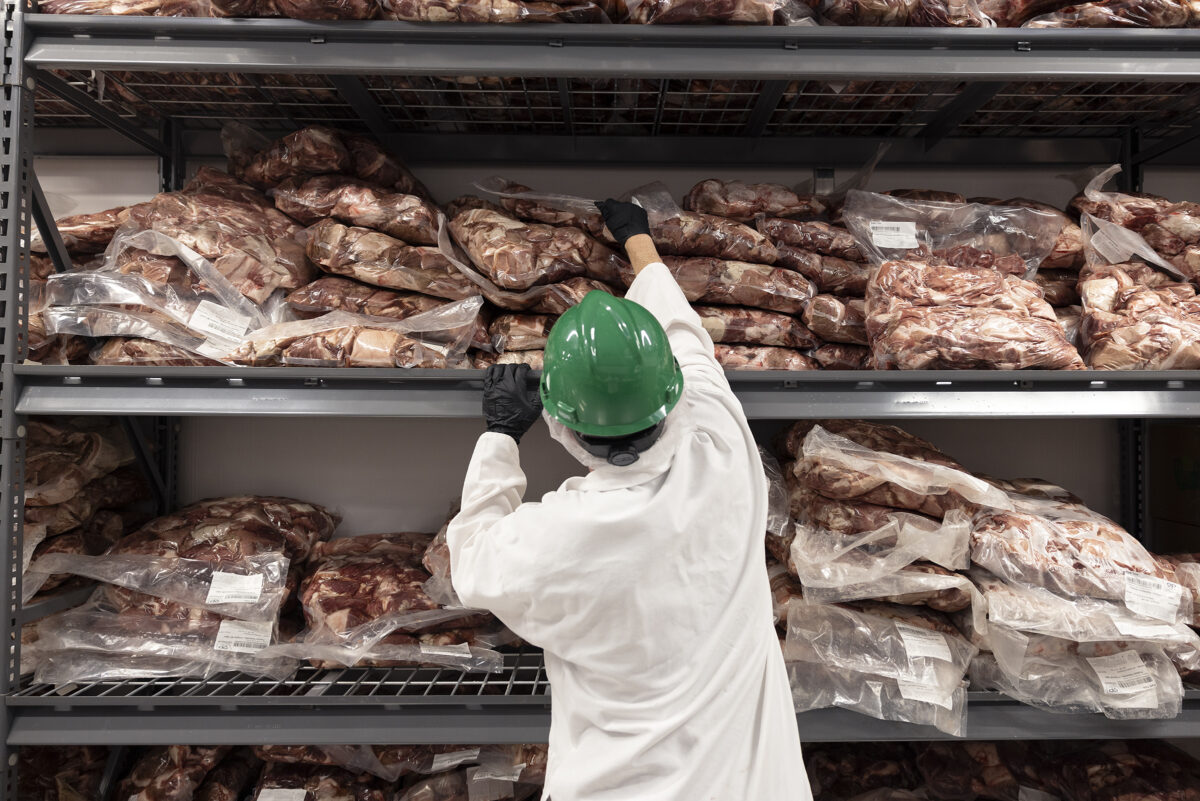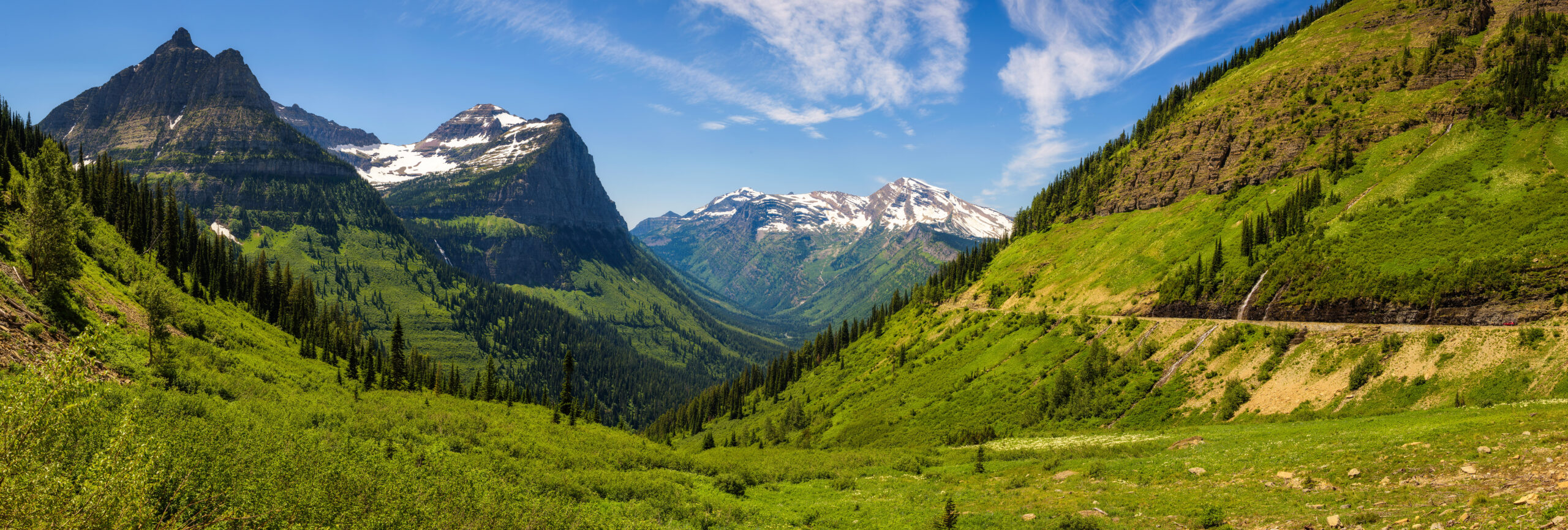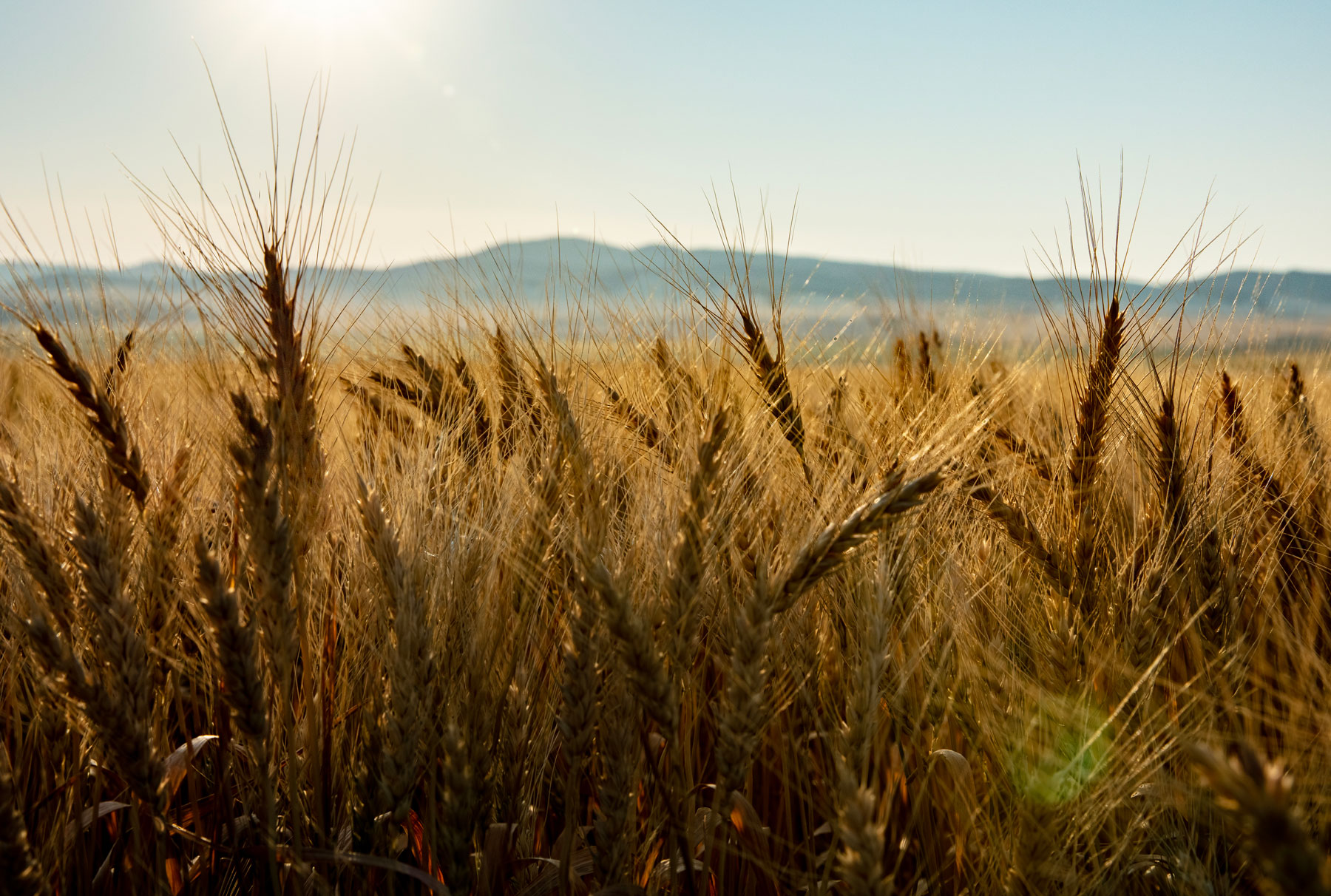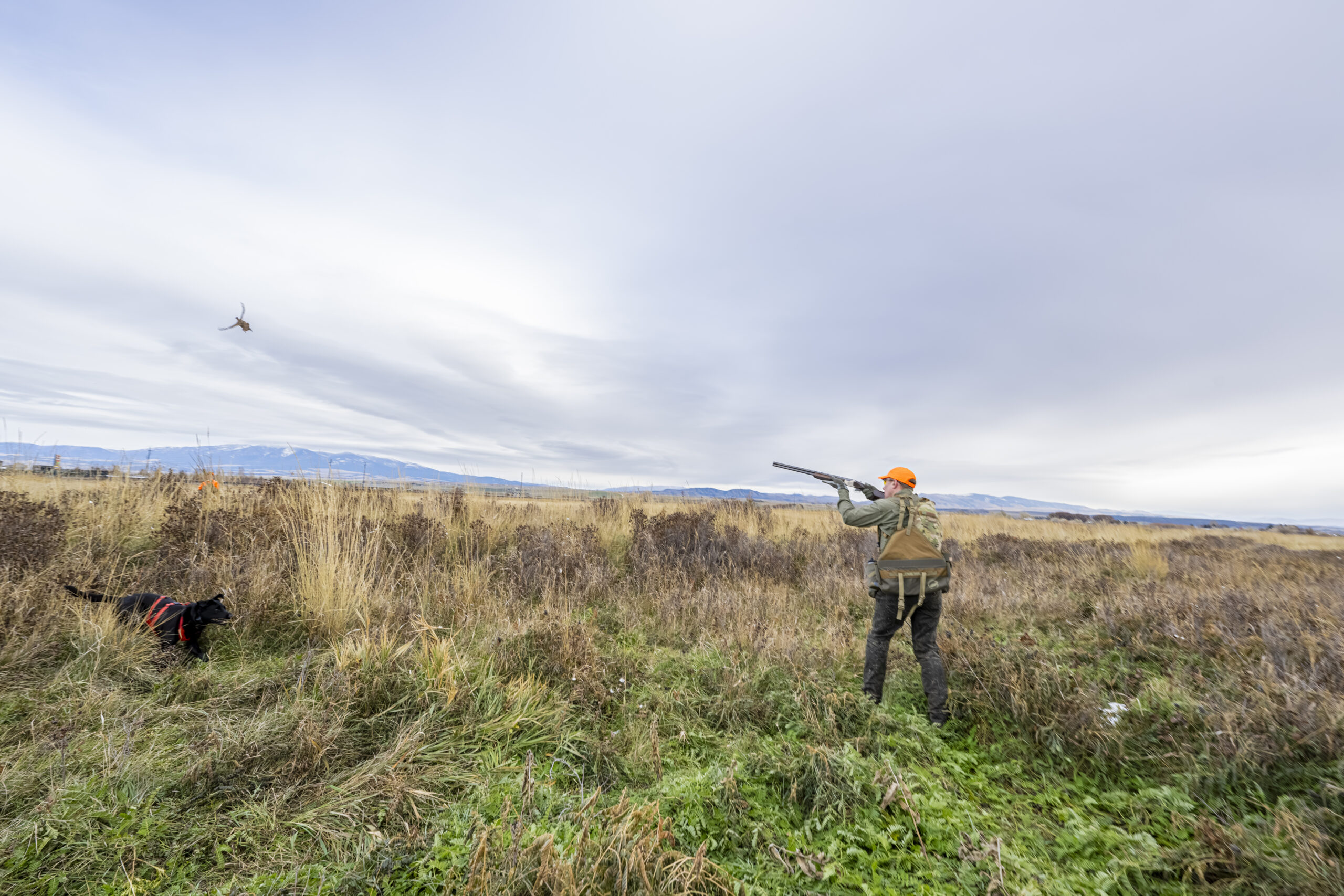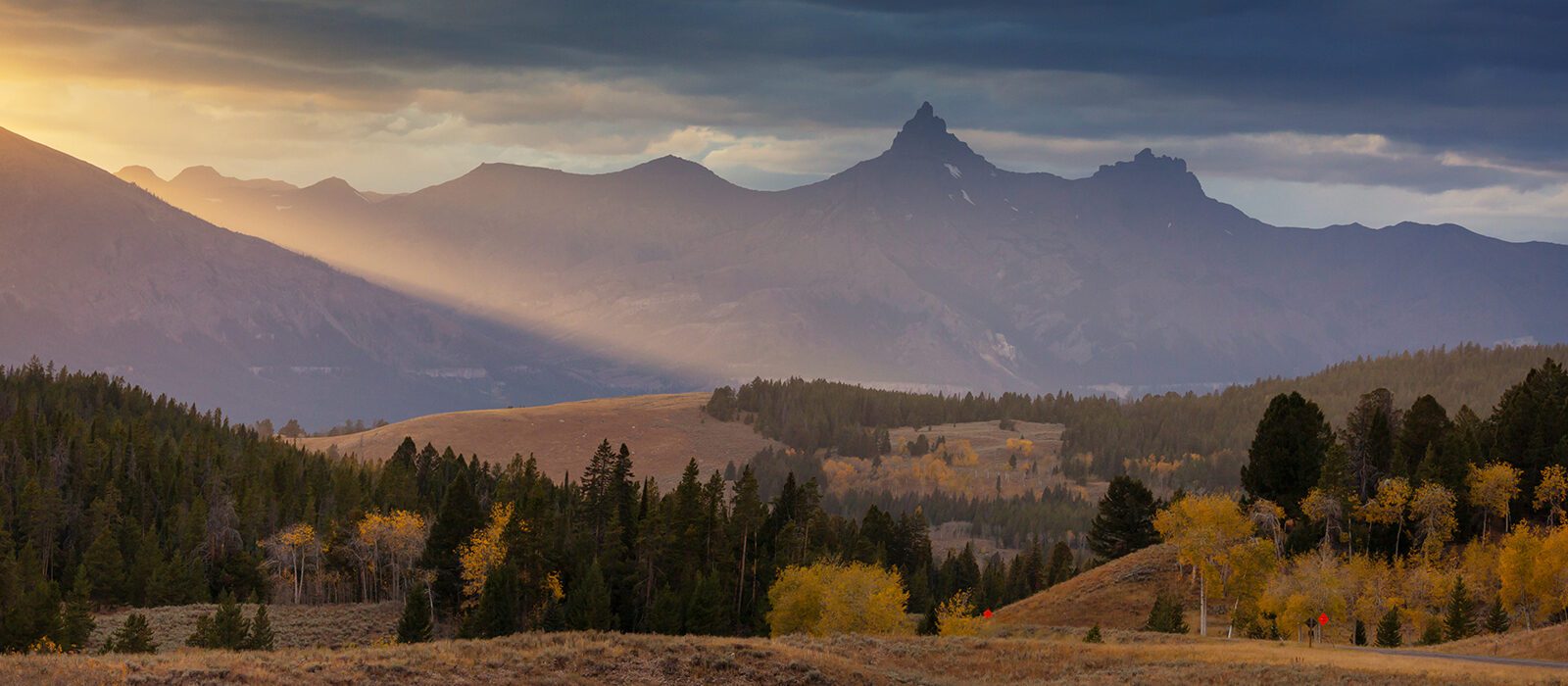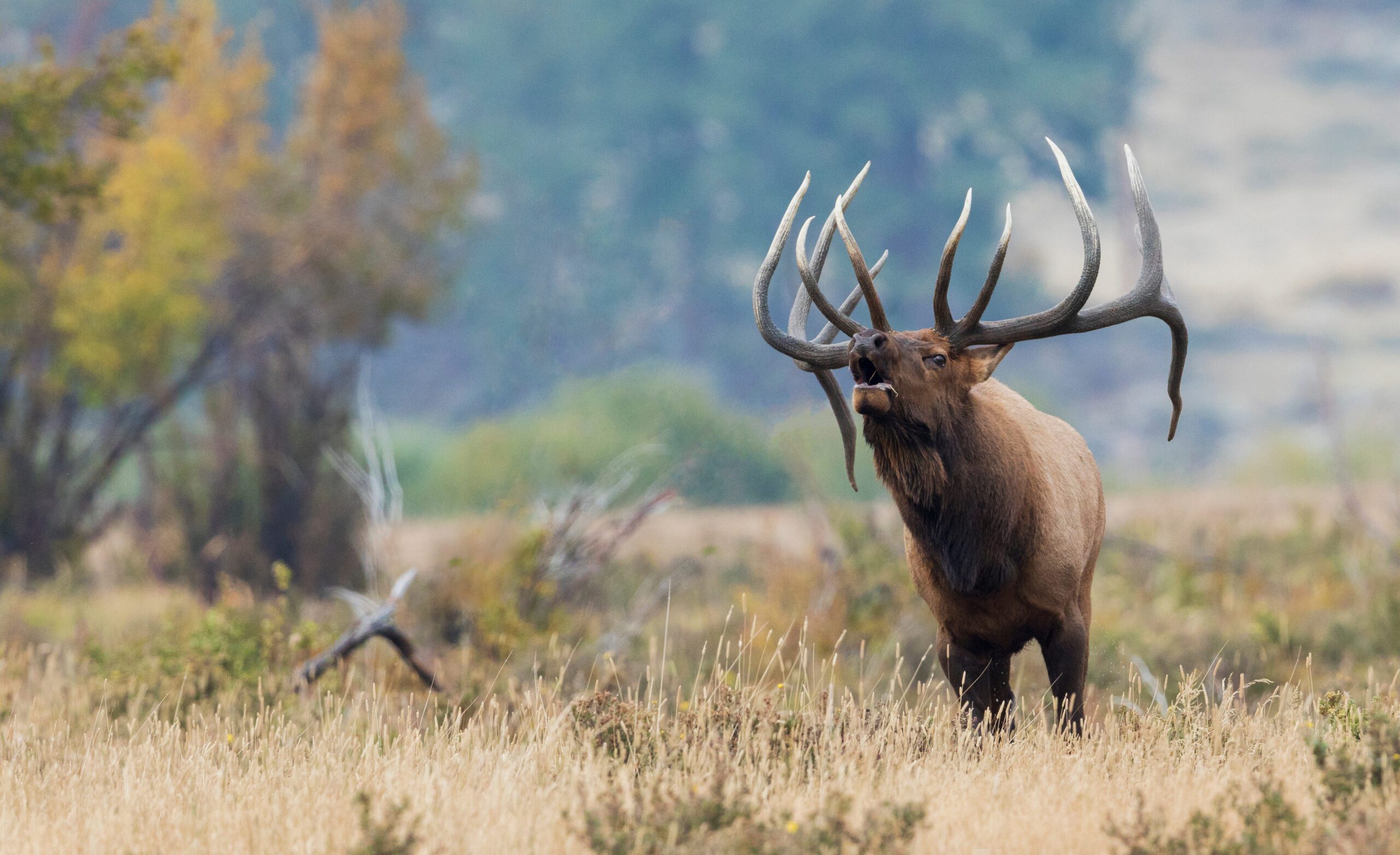Visit Powell County, Montana
Southwest Montana’s Powell County first started attracting settlers in 1860 when the Stuart brothers began mining the float gold initially discovered at Gold Creek in 1852. Home to the second oldest town in Montana, Powell County history is closely linked to that of Deer Lodge. Formerly known as LaBarge City, Spanish Fork, Cottonwood, and Deer Lodge City, Deer Lodge was established as the county seat in 1864 and remains so today—notably the only incorporated community in the county.
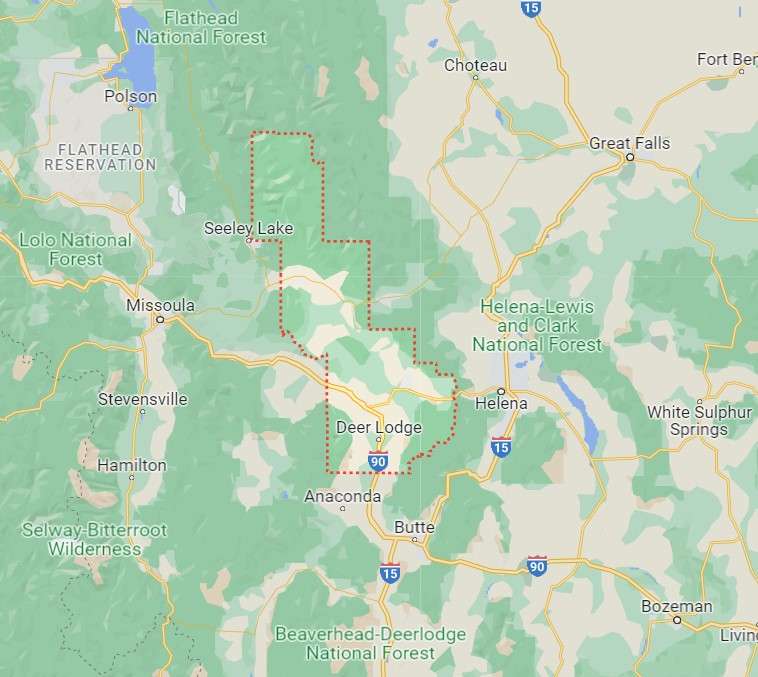
As the gold supply diminished, and the Northern Pacific Railroad expanded, ranching in the area flourished and is still one of the area’s largest industries. Powell County has long been on the routes of people traveling in the Northwest, from Native Americans trekking towards their hunting grounds, to explorers Lewis and Clark, and the aforementioned gold miners seeking their fortune. Today, Powell County’s stunning natural beauty and an extensive list of outdoor activities continue to draw people. Whether fly fishing for sizable trout, downhill skiing along the Continental Divide, or enjoying stunning mountain scenery from Hwy 141, the bountiful wilderness of Powell County has plenty worth exploring.
Continue reading for ideas on what to see and do in and around Powell County, Montana.

Deer Lodge
Deer Lodge, Montana is steeped in history, once serving as the division headquarters for a major railroad company and home to one of the largest and most well-known range ranches in the United States. Visitors can learn about the area’s significant cattle ranching history at the 1,500-acre Grant-Kohrs Ranch National Historic Site or experience the Old Montana Prison & Auto Museum’s historic theater, automobile museum and electric locomotive.
Avon

The town of Avon, the Welsh word for river, is located thirty miles west of Helena. Along the banks of the Little Blackfoot River, the scenic valley town is adjacent to the Beaverhead-Deerlodge National Forest, near the base of MacDonald Pass and the Continental Divide. An excellent starting point for a variety of outdoor adventures, Avon is a popular stop for anglers heading to fish the trout-filled and often overlooked Little Blackfoot River and Snowshoe Creek. The well-regarded Avon Family Cafe is a perfect stop to get a solid meal and slice of pie if you are traveling the popular Hwy 141 in between Helena up to the Swan Valley. Don’t miss the historic Little Blackfoot River Bridge, the only camelback style steel truss bridge in Montana.
The Little Blackfoot River
Originating just south of Elliston, Montana, the Little Blackfoot River flows year-round through heavily forested public lands, then enters a narrow valley of mostly privately owned land, eventually converging with the Clark Fork River in Garrison. Not as well-known as some of the larger rivers in the area, such as the Blackfoot River to the west, the Little Blackfoot River still provides excellent fly fishing conditions with plenty of brown trout south of Elliston and brook and cutthroat trout between Elliston and the Clark Fork River. Whitefish are plentiful throughout the 48 mile river. Best suited for wade fishing versus float fishing, the narrow and shallow Little Blackfoot river has much lower fishing pressure than nearby rivers and streams, making it a picturesque and productive fishing spot for those in the know. Keep watch for wildlife such as moose and bear that enjoy habitat of the cottonwood covered banks as well.
Clark Fork River
Often running parallel to I-90 across Montana, the Clark Fork River is one of the longest rivers in Montana. Stretching from Silver Bow Creek to the Idaho border, the 280 miles of the Clark Fork River in Montana offers anglers the opportunity to catch trout along its entire length. At its origin, the river is more like a stream, but it picks up speed and widens out as it nears Deer Lodge—perfect for floating and fishing. Anglers will find a variety of fishing habitats to suit their needs on the various river conditions, but the most popular section for fishing is between the Warm Springs Wildlife Management Area and the Flathead River. After a remarkable restoration, the river has several sections with very high fish populations relative to the river’s size. Plenty of large brown and rainbow trout have been caught on the Clark Fork River as well.
Beaverhead-Deerlodge National Forest
The largest National Forest in Montana, the 3.35 million acres of Beaverhead-Deerlodge National Forest covers eight counties in Montana, including Powell County. This vast wilderness is home to many animal species including black and grizzly bears, wolves, elk, deer, moose, bighorn sheep and many more. With plenty of hiking trails, snowmobile trails, lakes and streams for fishing, and campgrounds, the Beaverhead-Deerlodge National Forest draws visitors for a variety of recreational pursuits.
Centrally located Powell County is an excellent starting point for adventures all over Southwest Montana. Consider these nearby places and activities just outside of Powell County.
Anaconda
Anaconda offers year-round entertainment and is popular in the summer months for hiking and fishing in the Anaconda-Pintler Wilderness Area; deer and elk hunting in the fall; and for skiing at Discovery Mountain in the winter. Other area attractions include a nationally recognized golf course designed by Jack Nicklaus and a charming main street with plenty of shops and restaurants.
Helena
Established during the Montana Gold Rush in 1864, Helena was founded when four down-on-their-luck miners unexpectedly struck it rich at Last Chance Gulch. As many other gold mines in the area were petering out, the strike at Last Chance Gulch made the area a boomtown. The arrival of the Northern Pacific Railroad and the dedication of the city as the territorial capital (formerly Virginia City) cemented Helena and helped it flourish even after the gold ran out. Today, Helena is the sixth largest city in Montana and serves as the state capital. Full of history, culture and surrounded by abundant outdoor recreation, Helena is a vibrant and thriving city.
Discovery Ski Area
Discovery Ski Area features three faces of downhill skiing and miles of nordic XC ski trails in the winter. During the summer, the area offers mountain bike riders exciting downhill riding, complete with hill climb service to the top of the challenging trails.
Great Divide Ski Area
Enjoy downhill skiing across 1,500 acres, including three peaks and more than 100 trails at the area’s most affordable ski resort. Five chair lifts serve a variety of runs from open bowls perfect for beginners to off-trail alpine routes for pros. The onsite restaurant, cafeteria and saloon keep the fun going even off the slopes. Visit on a Friday night to enjoy skiing under the lights to live music.
Fairmont Hot Springs
Head east on I-90 to the nearby Fairmont Hot Springs Resort in Anaconda and enjoy soaking in one of the two Olympic-sized pools (one indoor, one outdoor) and two mineral soaking pools. Kids will love the hot spring water slide and adults can relax on the golf course or at the spa. The Fairmont Hot Springs Resort also offers on site accommodations and both casual and fine dining restaurants.

Swan & Seeley Lake
Hundreds of lakes line Hwy 83 for the 90 miles between Seeley Lake and Swan Lake in the Swan Valley. Between the Mission Mountains and Swan Mountains, this scenic and peaceful route abuttes the Bob Marshall Wilderness Area (“the Bob”) with over 1.5 million acres of forest land to explore via trail. The corridor is a hub for outdoor recreation year-round. Watersports, fishing, hiking and biking take center stage in the summer; and skiing, snowmobiling and even dog sled rides across the hundreds of miles of groomed trails are popular winter activities.
Contact us to find out more about the Western Ranch Brokers team and how we can go to work for you.


